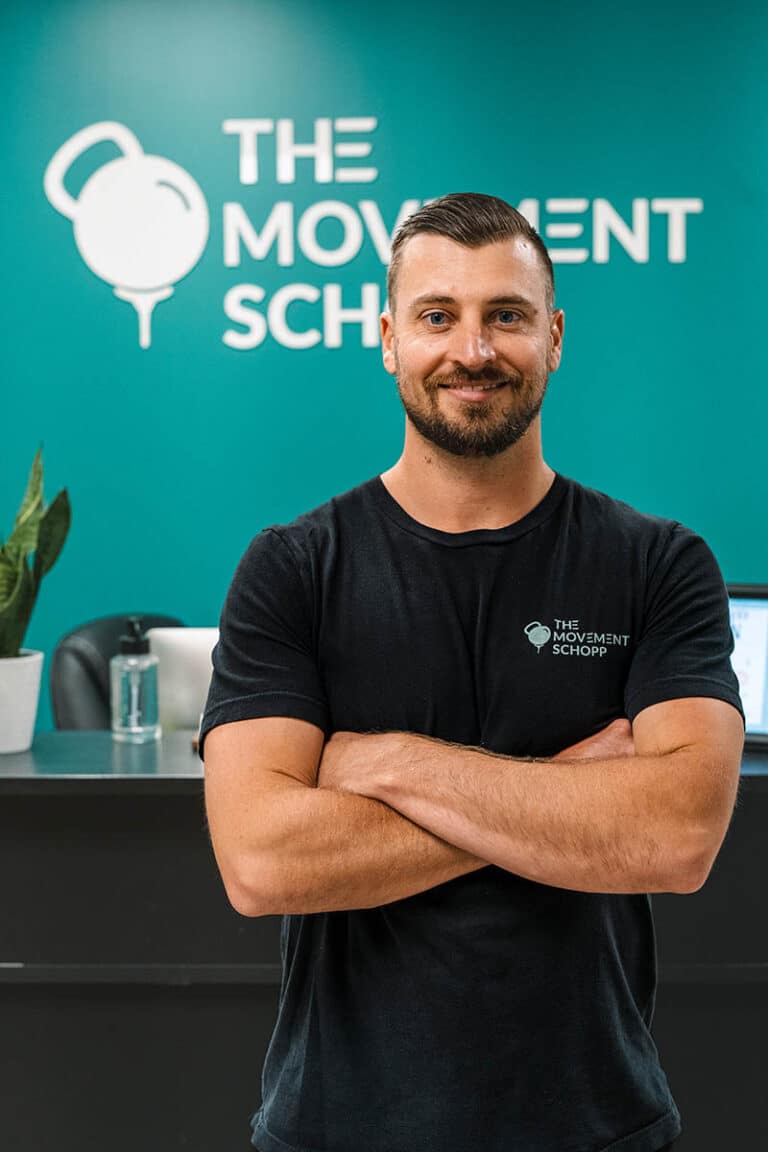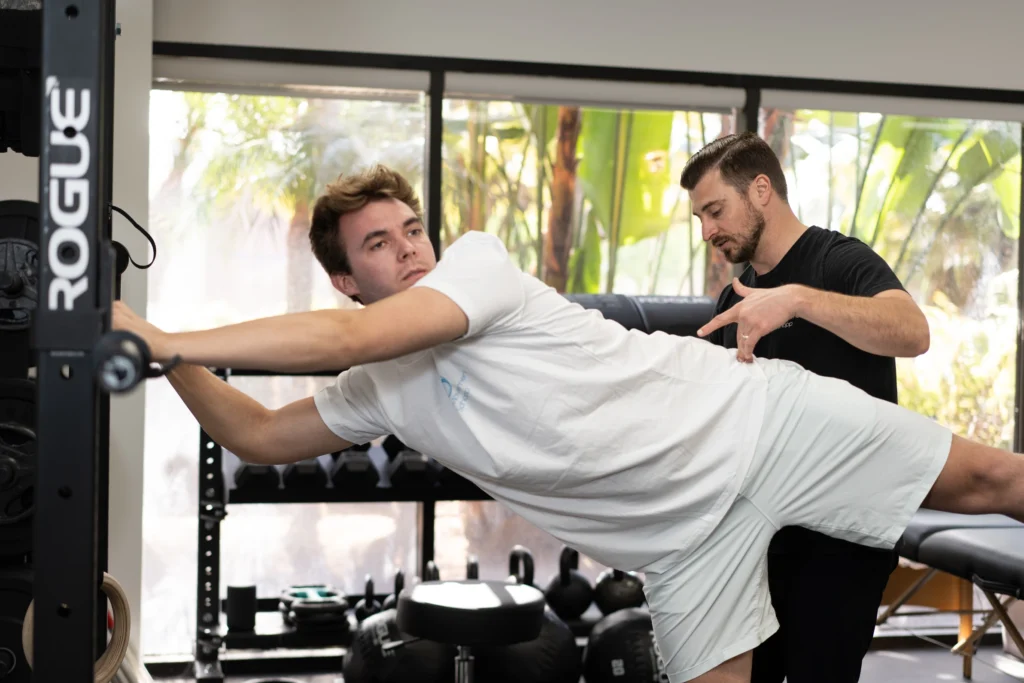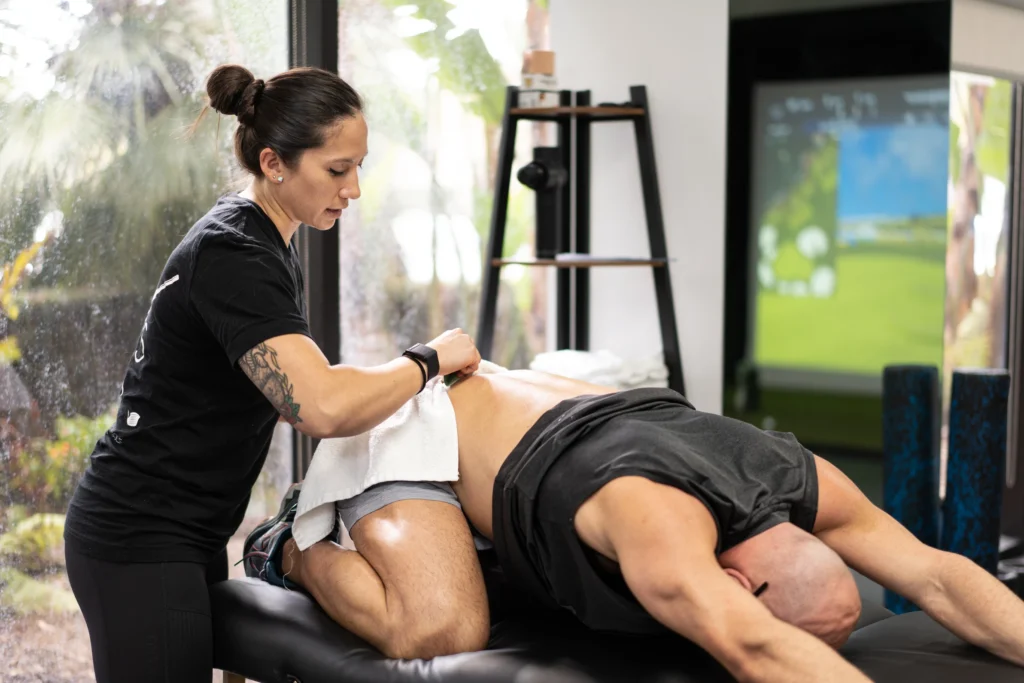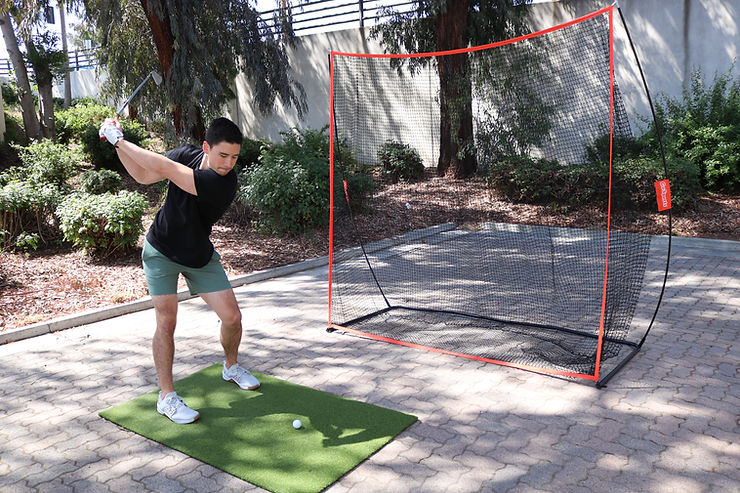Introduction
Frequently participating in long distance races means you will eventually sustain marathon injuries at some point. Unfortunately, these problems may be reoccurring and challenging to resolves. However, with hard work and dedication, you can get past any setback.
Reading this article should inform you about common injuries associated with marathon runners. You should also learn how to prevent and address primary and secondary physical problems.
Furthermore, you will learn about the tips for injury-free marathon training and the role of physical therapy.
Common Marathon Injuries
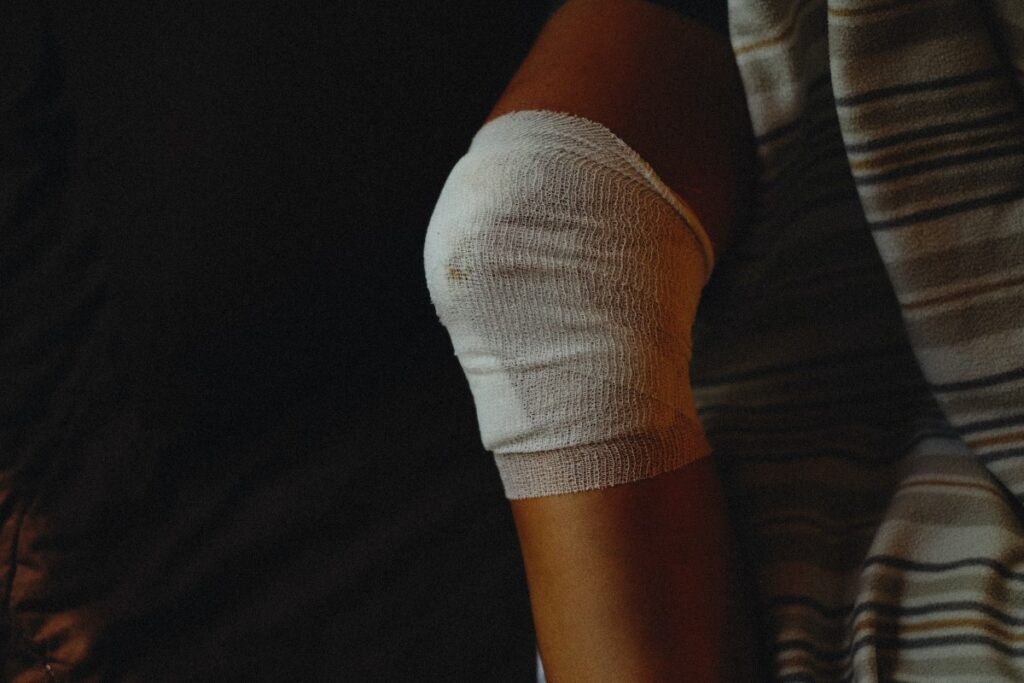
Some injuries primary occur within individuals involved in marathons. Knowing these problems helps you understand and take appropriate preventive measures. Therefore, below are common injuries in marathon runners.
Runner’s Knee
Among marathon injuries, runner’s knee is by far the most common issue for runners. Improver alignment between the kneecap and the thighbone cause this condition. In particular, improver biomechanics, muscle imbalances, and overuse can exacerbate the problem.
Shin Splints
Bone tissue, tendons, and muscle inflammation close to the shinbone causes shin splints. This issue is a common injury during marathon training, especially when an athlete uses improper footwear or suddenly increases intensity.
Achilles Tendonitis
Inflammation of the Achilles tendon, which connects the hell bone and the calf muscles, can be painful. Improper movement mechanics, poor footwear, and overuse are primary sources of Achilles-related marathon injuries.
Stress Fractures
Overuse and repetitive impact can cause bones to undergo small cracks called stress fractures. This condition primary affects the pelvis, feet, and other weight-carrying bones due to poor nutrition, improver workout advancement, and inadequate rest.
Preventive Measures for Primary Injuries
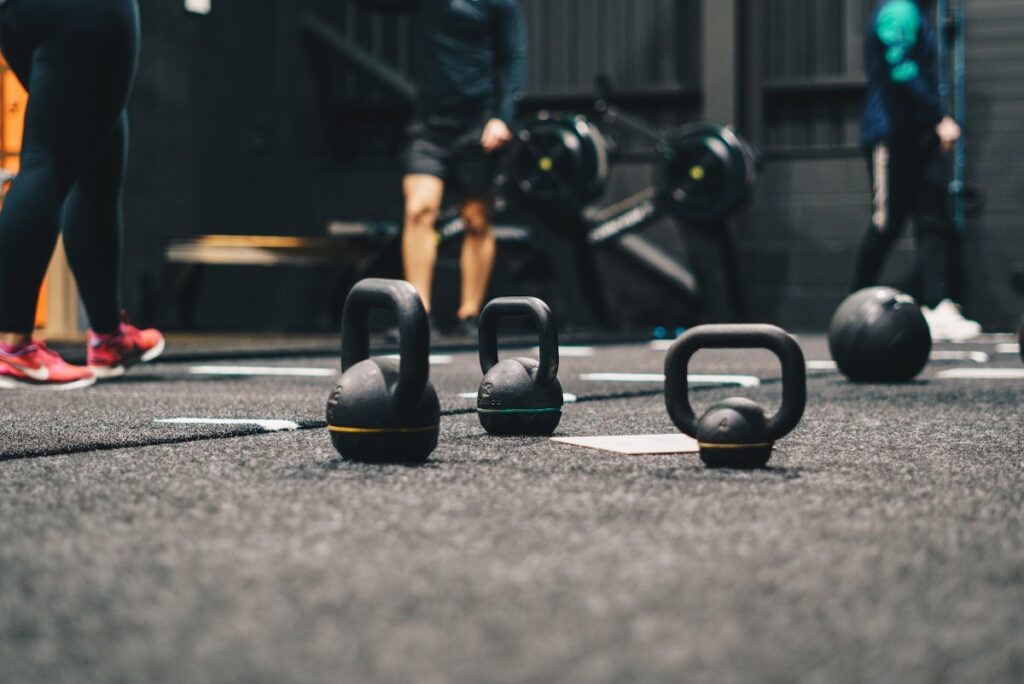
Primary injuries simple refer to immediate damage to some portion of your body. As such, you should prevent limit yourself from experiencing these problems by taking preventive measures. Below are actions you should take.
Leverage Gradual Progression
If you want to prevent the frequency and severity of marathon injuries, you should consider leveraging gradual progression. This principle prevents you from drastically increasing the intensity or speed of your workouts. Instead, it encourages you to gradually increase the training volume while allowing your body to build strength and adapt.
Proper Footwear
It is essential you purchase running shoes, which fit your running style and foot type. Worn-out and badly fitting footwear with increase the likelihood of injuries and increase biomechanical problems.
Strength Training
The marathon runner muscles require power to endure the rigor involved in long-distance running. Therefore, including strength training workouts helps:
- Build strength;
- Eliminate muscle imbalance;
- Reduces weaknesses;
- Reduces strain on tissues;
- Enhances overall stability.
Mobility and Flexibility
Including mobility workouts and dynamic stretches before runs enhances range of motion, helps you warm up, and limits marathon injuries . Likewise, you will want to perform static stretch exercise that improve flexibility.
Know Your Limits
Always look out for pain or discomfort on the lower parts of your body. In addition, address any persistent pain you may feel while running. Running while experiencing discomfort can make a small injury worse.
Rest
Your weekly schedule should include resting periods. Taking out time to relax helps you body recover. In addition, you will want to get sufficient sleep as your muscle repair during night sleeping cycles.
Eat Healthy and Balanced Diet
One of the best ways to support your healthy and limit marathon injuries is to eat a healthy and balanced diet. Eating the right nutrition helps your muscles perform optimally and fully recover. In addition, it is crucial you stay hydrated for optimal bodily function.
Seek Professional Guidance
Seeking professional guidance is crucial if you are serious about running. Working with an expert should give you all the benefits of physical therapy for athletes. In particular, you will learn about the best training techniques for preventing injuries.
Addressing Secondary Injuries

Being a marathon runner means you will may battle with primary injuries. Similarly, you may face secondary problems when you neglect warning signs. In addition, primary injury compensation can exacerbate secondary marathon injuries.
Suffering from these lesser conditions can slow down your progress in training. If you are not careful, a secondary injury can become a long-term problem.
As such, it is critical you can identify and handle secondary problems. Below are steps you should take.
Recognize Secondary Injuries
Secondary problems mostly occur when your biomechanics changes or when you encounter several primary injuries. For example, nurturing a primary injury can make minimize page by unconsciously changing your gait. However, changing your posture can affect other parts of your body.
Cross-Training
Cross-training activities like cycling and swimming can reduce impact on your joints. It can help you stay fit and enhance overall fitness without impacting your joints.
Gradual Recovery
When recovering from marathon injuries, ensure you ease into running and other high-impact workouts. Doing this gives your body the time it needs to adjust and make a full recovery.
Plan for Future Health
As a marathon runner, you will want your career to be long and prosperous. You can only achieve this if you plan for your future health. To achieve this, you will want to always address primary and secondary.
Tips for Injury-Free Marathon Training
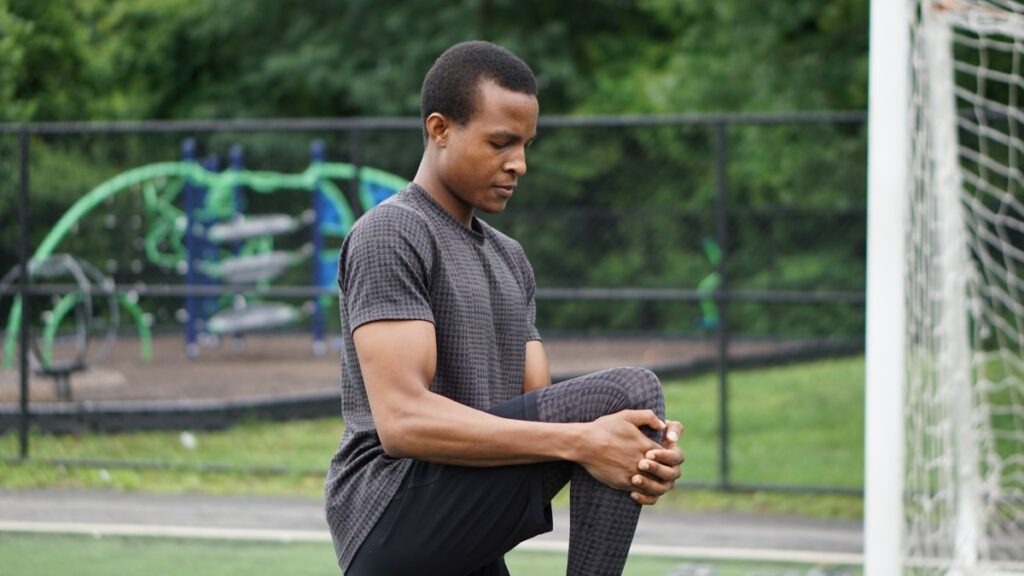
If you want to prevent injury during marathon training, you should consider the following tips.
- Always warm-up before a workout and cool down after a run. Doing this limits muscle tightness.
- Engaging in low-impact exercises such as cycling and swimming can reduce strain and stress on the joints.
- Maintaining a steady running form should reduce the likelihood of marathon injuries due to inefficient mobility.
Role of Physical Therapy
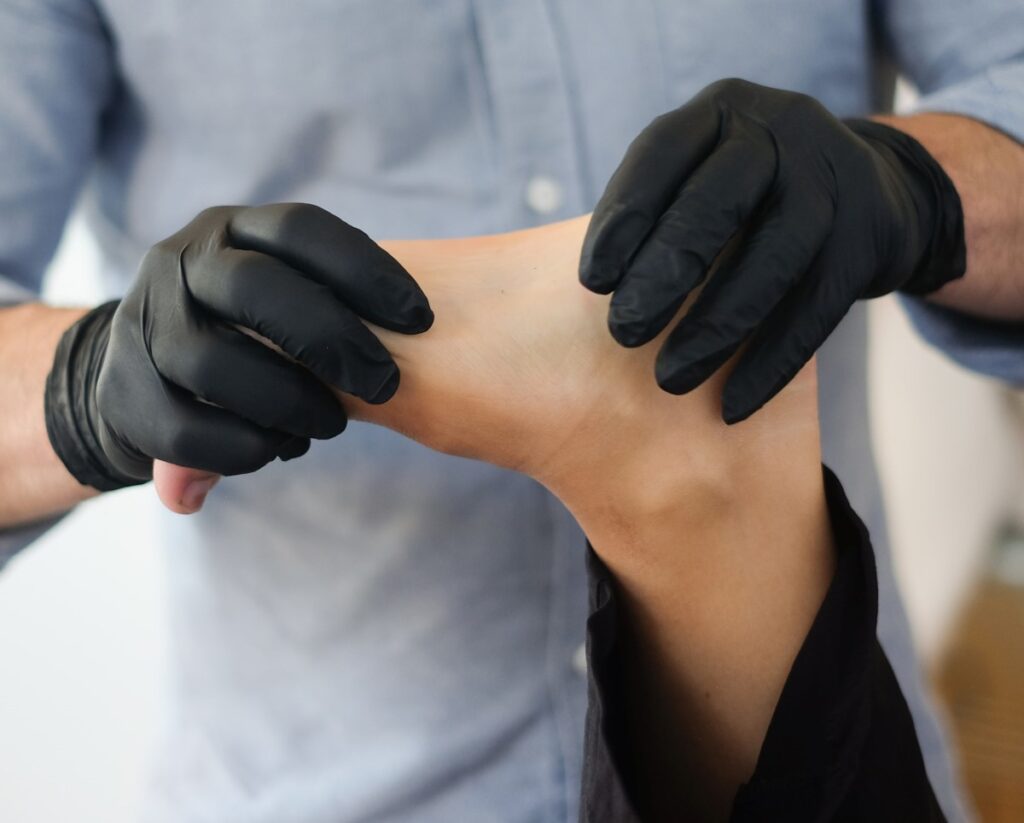
If you are serious about running in marathons, should closely engage with physical therapy. Working with a qualified therapist should help you recover and prevent injuries. You should also get access to the following.
- Full body assessment.
- Injury rehabilitation.
- Tailor-made treatment plans.
- Biomechanical adjustments.
- Pain management.
- Health education.
- Continuous progress monitoring.
When searching for a suitable physical therapy practice, you will want to search for the “best physical therapist near me.”
Conclusion
If you are a long-distance runner, overcoming and preventing marathon injuries is essential to your career. To achieve this, you should know about common marathon injuries.
In addition, you should know about preventive measure for primary problems and how to address secondary issues. Knowing the tips for injury-free marathon training is helpful. Finally, the role of physical therapy is crucial for preventing marathon injuries.

